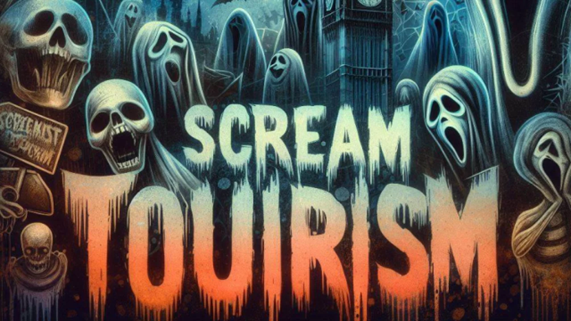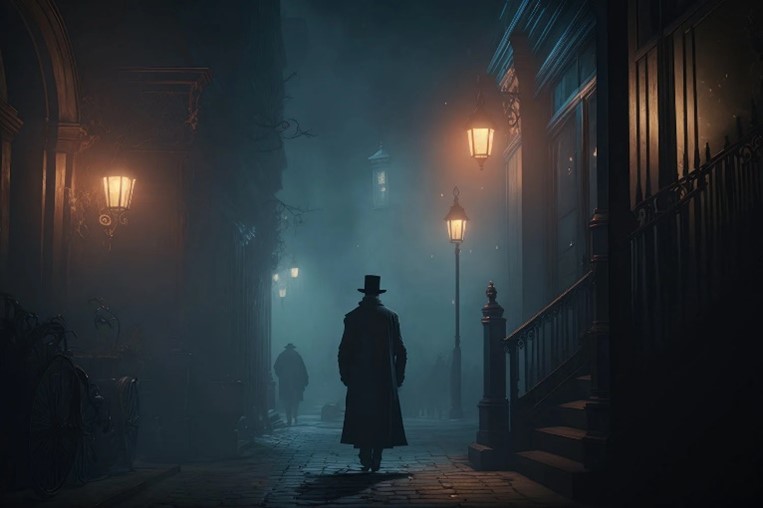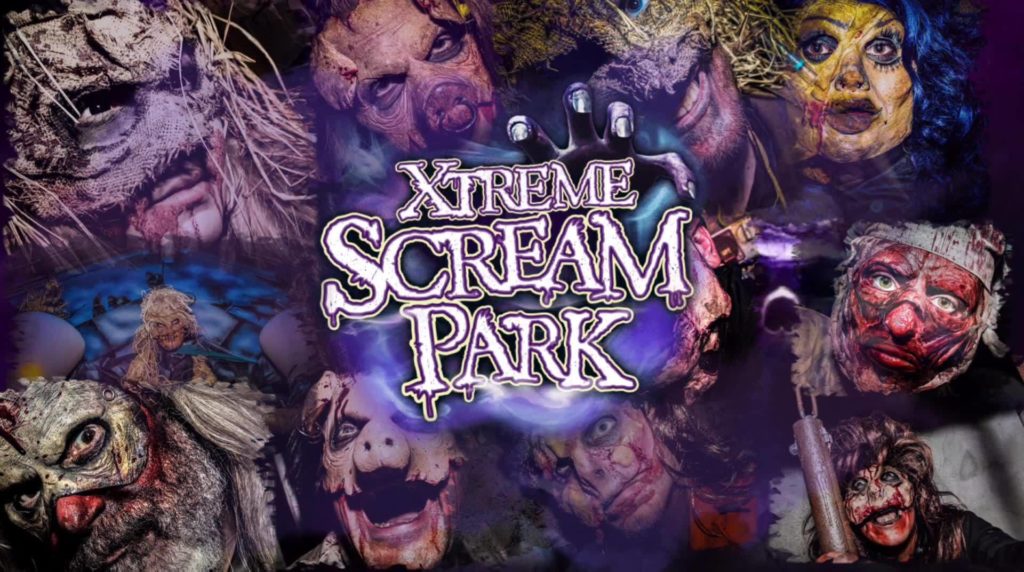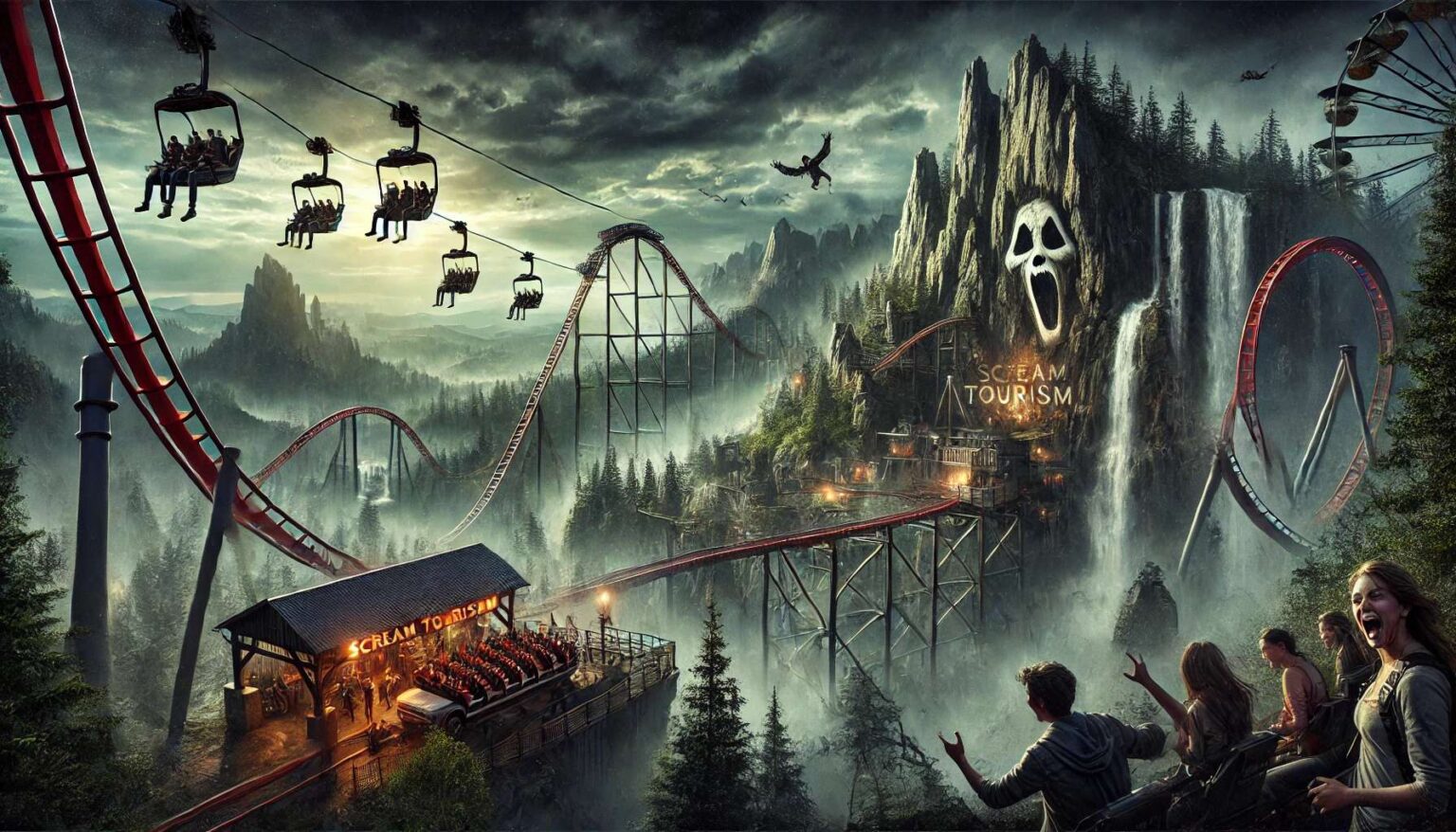The Link of Dark Tourism, Scream Tourism with Halloween

There is a thin line between the term “Dark Tourism” and its association with Halloween, however, is the term “Scream Tourism” helping to differentiate the connection between these two since the term dark tourism is not always used ethically by businesses that market themselves. Dark Tourism focuses on the historical significances of places and events, while Halloween plays into ghosts and the paranormal, with stories being often theatricalized for visitors.
Many macabre and morbid excursions do see an increase in bookings throughout September and October, although depending on the type of tour or activity you are participating in maybe contingent on whether it can be classified as dark tourism or scream tourism.

A popular tour that operates year-around and probably sees an increase in bookings over the spooky season is the Jack the Ripper Tour. This tour informs participants of what it was like to live in the Victorian period and the stories of the five brutally murdered women by a man who terrorized the people and authorities of the East End of London. With partakers being more intrigued in how the dead ladies were discovered and the ongoing mystery surrounding the serial killers' identities than they are in the lives of the women who were killed.
As this tourist activity is a factual historical tour it can be classified as dark tourism. However, an ethical issue of such tours is that it can be viewed as glorification of a serial killer, as people want to share that they have participated in such tours by photos and souvenirs. Some businesses have even tried to capitalize on the Jack the Ripper story. One such place is the Ten Bells pub, which is connected to two of the victims, was accused of doing just that when it changed its name to Jack the Ripper between 1978 – 1988. It wasn’t until after a lengthy campaign that the pub reverted to its original name.

Another popular place to visit during the Halloween season is the Xtreme Scream Park at Twin Lakes Park. This kind of experience is more for thrill seekers. There are seven spine-chilling areas to explore, a circus of deathly clowns, a cursed wood full of witches, a factory where pigs turn humans into pies, a prison of cannibalism inmates, a bloodthirsty vampire nightclub, a farm turned into a place of horror and a laboratory where a professor has created a human scarecrow hybrid. With terrifying actors and effects this is a theatrical and immersive experience that will bring your nightmares alive.
This form of tourism activity does not classify as dark tourism as it is geared towards thrill-seekers and does not include any factual historical retelling of events involving death, tragedy or suffer. During the spooky season attractions have wrongly used the term “dark tourism” in their marketing campaigns. However, attractions across America have coined the phrase “Scream Tourism” in response to the growing popularity of people looking for a Halloween scare. It is this term that can be used by likes of Xtreme Scream Park at Twin Lakes Park to promote themselves.

While the Jack the Ripper tour and the Xtreme Scream Park experiences are on opposite ends of the spectrum, an experience which may fall in the middle of these and undoubtedly sees an increase in bookings in the lead up to Halloween is haunted places. While the terms “scream tourism” and “dark tourism” could be used by places that are supposedly haunted, it very much depends on the experience being offered.
Dark tourism may apply to locations like haunted houses that offer educational history tours that narrate the story of a horrific murder or a cemetery tour that shares the stories of those buried there. On the other hand, if such places have used actors and computer-generated imagery to create a theatrical experience then it would be classified as "scream tourism".
This Saturday, I will be attending the Ghost Fest Paranormal Investigation and Dinner hosted by UK Living’s Most Haunted Investigator, Dr Ciaran O’Keeffe, at Oxford Prison and Castle. The Castle and Prison is renowned for being one of the most haunted places in Oxford with many unexplained happenings. But will they focus on the factual stories of those once incarcerated in the prison or on visitors having an adrenalin-induced scream?
